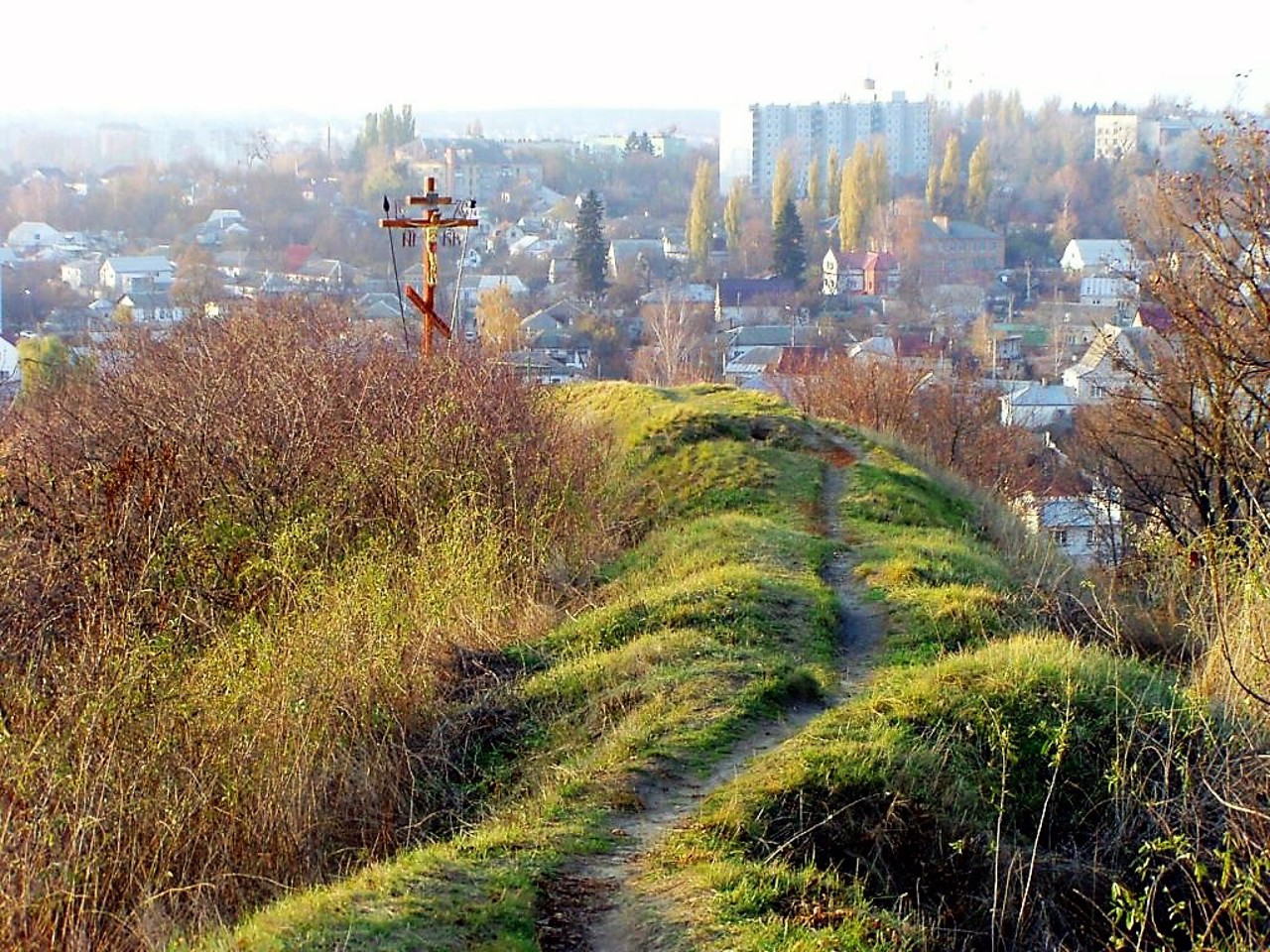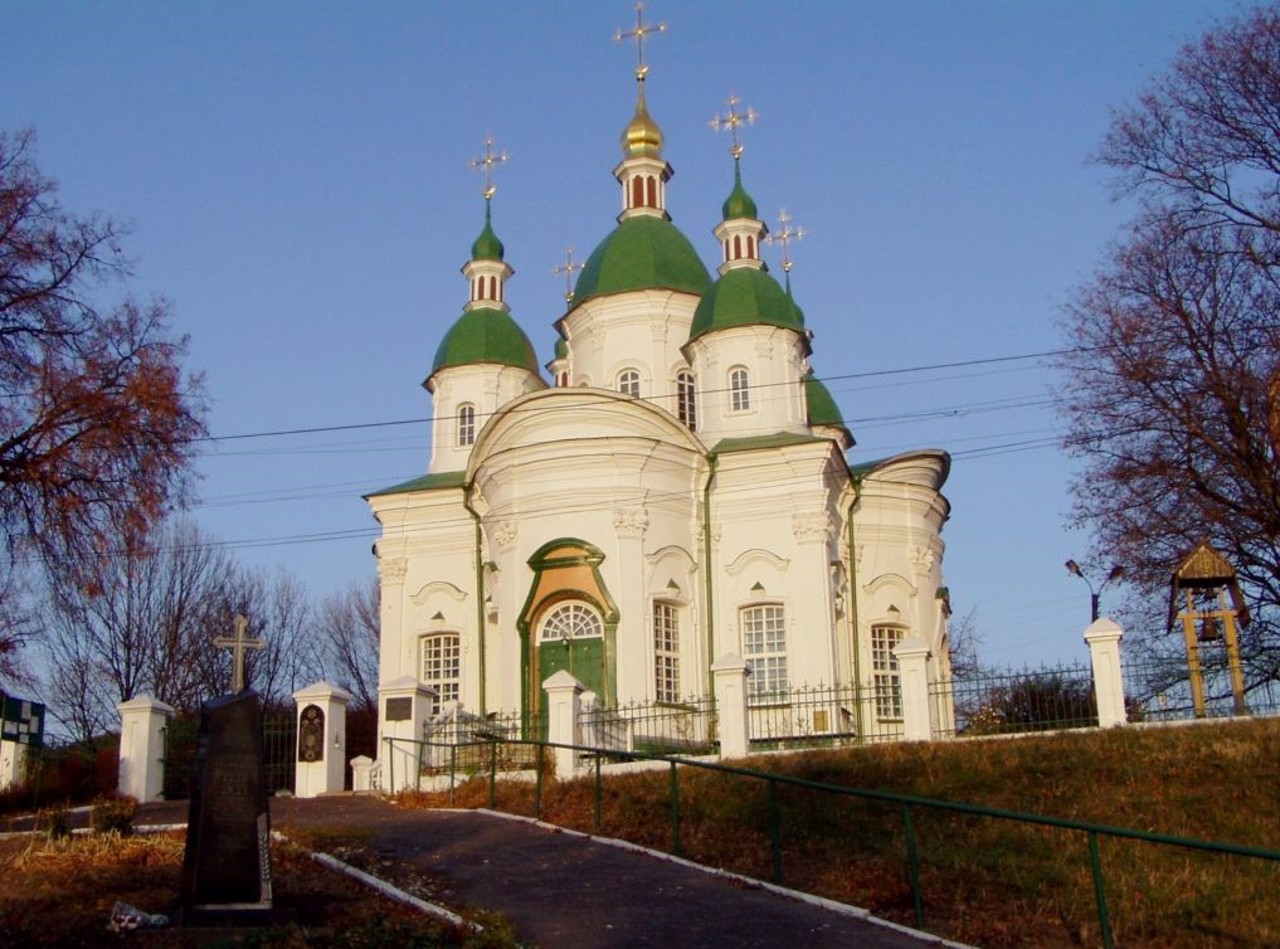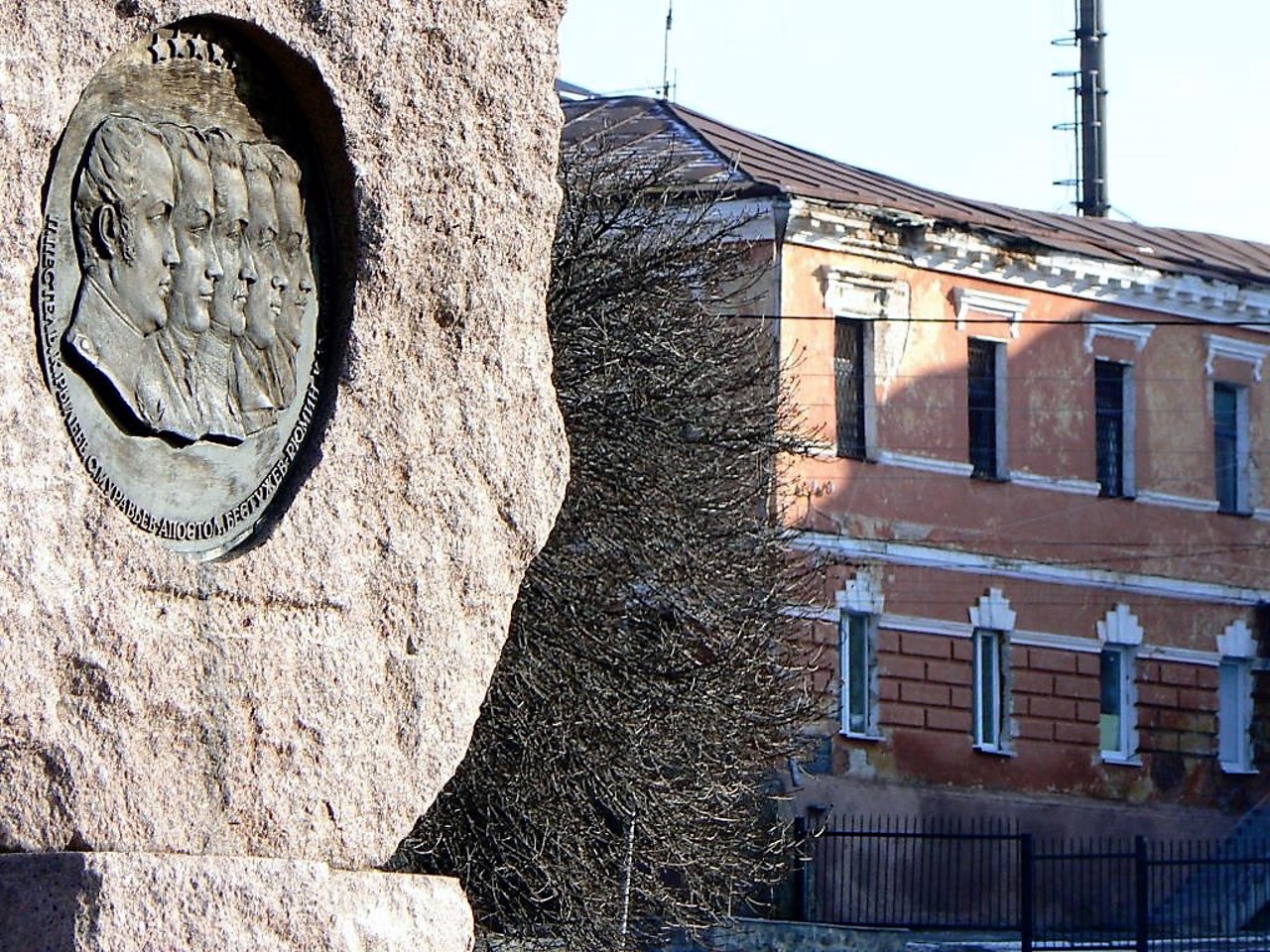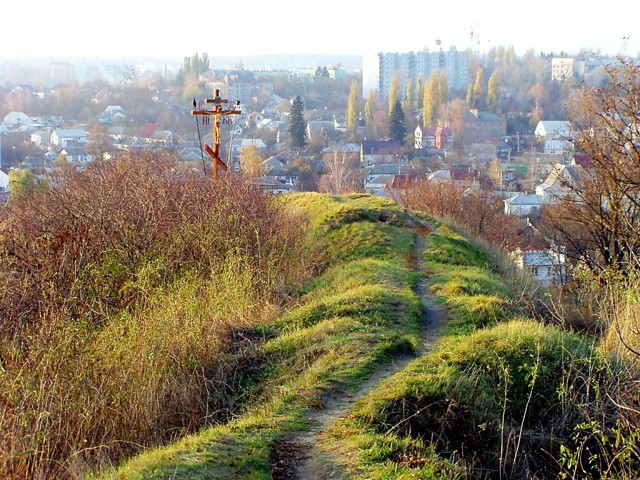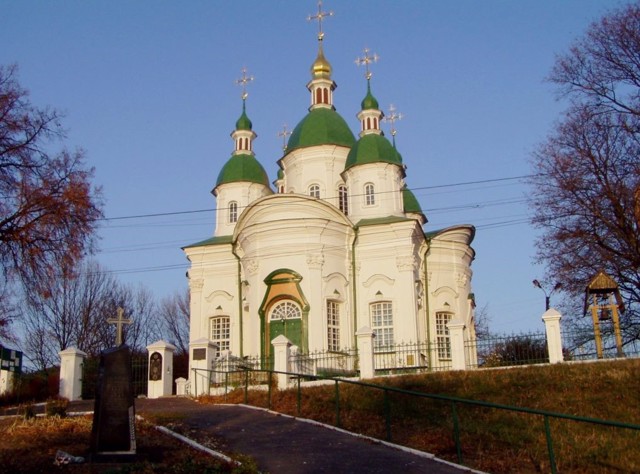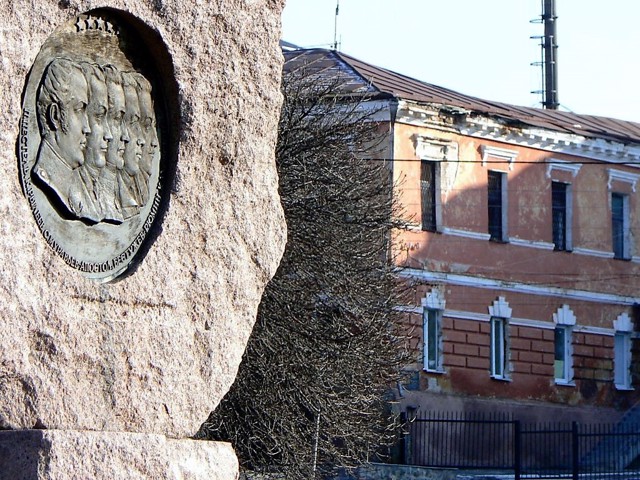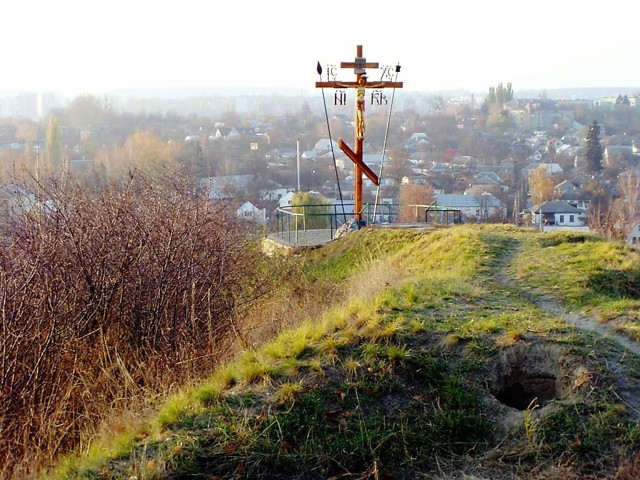Functional temporarily unavailable
General information about Vasylkiv
The city of Vasylkiv on the river Stuhna is located 20 km south-west of Kyiv along the Odesa highway.
In Ancient Rus times, here, along the banks of the Stuhna, the Serpent Ramparts passed, blocking the southern approaches to ancient Kyiv.
The city of Vasylyev was founded in 988 by the Kyiv prince Volodymyr the Great, calling it by his Christian name. The city received its current name in 1157, when it came under the rule of Vasylko Yuriyovych, the son of Yuriy Dolhoruky. Was one of the craft and trade centers of Ancient Rus. For some time it was the center of an appanage principality.
Feodosiy Pechersky (about 1036-1074) was born in Vasylkiv - hegumen of the Kyiv-Pechersk monastery.
From the middle of the XIV century. Vasylkiv was under the rule of Lithuania, th ...
The city of Vasylkiv on the river Stuhna is located 20 km south-west of Kyiv along the Odesa highway.
In Ancient Rus times, here, along the banks of the Stuhna, the Serpent Ramparts passed, blocking the southern approaches to ancient Kyiv.
The city of Vasylyev was founded in 988 by the Kyiv prince Volodymyr the Great, calling it by his Christian name. The city received its current name in 1157, when it came under the rule of Vasylko Yuriyovych, the son of Yuriy Dolhoruky. Was one of the craft and trade centers of Ancient Rus. For some time it was the center of an appanage principality.
Feodosiy Pechersky (about 1036-1074) was born in Vasylkiv - hegumen of the Kyiv-Pechersk monastery.
From the middle of the XIV century. Vasylkiv was under the rule of Lithuania, then Poland, and from 1654 - Russia. In 1825 Muravyov-Apostol raised a Decembrist uprising here (a memorial sign was installed).
In 1918-1919 the city was repeatedly conquered by Ukrainian troops from the Bolsheviks.
The main attraction is the Cathedral of Saint Anthony and Theodosius on the ramparts of the ancient Rus settlement.
Місто Васильків на річці Стугна розташоване в 20 кілометрах на північний захід від Києва по Одеській трасі.
У давньоруські часи тут, вздовж берегу Стугни, проходили Змієві вали, що перегороджували південні підступи до стародавнього Києва.
Місто Васильєв заснував у 988 році київський князь Володимир Великий, назвавши його своїм християнським ім'ям. Нинішню назву місто отримало в 1157 році, коли перейшло під владу Василька Юрійовича, сина Юрія Долгорукого. Місто було одним з ремісничо-торгових центрів Давньої Русі. Якийсь час - центром удільного князівства.
У Василькові народився Феодосій Печерський (близько 1036-1074 роки) - ігумен Києво-Печерського монастиря.
З середини XIV століття. Васильків перебував під владою Литви, потім Польщі, а з 1654 року - Росії. У ...
Місто Васильків на річці Стугна розташоване в 20 кілометрах на північний захід від Києва по Одеській трасі.
У давньоруські часи тут, вздовж берегу Стугни, проходили Змієві вали, що перегороджували південні підступи до стародавнього Києва.
Місто Васильєв заснував у 988 році київський князь Володимир Великий, назвавши його своїм християнським ім'ям. Нинішню назву місто отримало в 1157 році, коли перейшло під владу Василька Юрійовича, сина Юрія Долгорукого. Місто було одним з ремісничо-торгових центрів Давньої Русі. Якийсь час - центром удільного князівства.
У Василькові народився Феодосій Печерський (близько 1036-1074 роки) - ігумен Києво-Печерського монастиря.
З середини XIV століття. Васильків перебував під владою Литви, потім Польщі, а з 1654 року - Росії. У 1825 році Муравйов-Апостол підняв тут повстання декабристів (встановлено пам'ятний знак).
У 1918-1919 роках місто неодноразово відвойовували українські війська у більшовиків.
Головна визначна пам'ятка - собор Святих Антонія і Феодосія на валах давньоруського городища.
Сплануй своє перебування у Vasylkiv
What to see and where to go in Vasylkiv
Tourist attractions and museums of Vasylkiv
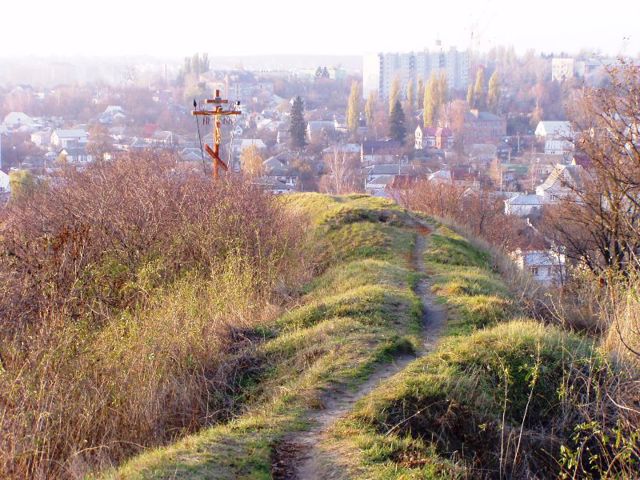
Ancient Settlement Vasyliv
Historic area , Archaeological site
Fragments of the ancient Rus settlement Vasyliv earthworks have been preserved on the hill to the west of the Cathedral of Anthony and Theodosius.
The current city of Vasylkiv was founded in 988 by Prince Volodymyr the Great, who received the name Vasyl at baptism. The old name of the city Vasyliv (Vasylyev) comes from the Christian name of the prince. It was a well-fortified fortress with earthen ramparts and ditches, often used as a stronghold in times of strife. The city was destroyed by the Mongols in 1240. Remains of an ancient wooden temple and princely palace were found on the territory of the cub.
Later, the settlement of Vasyliv was included in the system of Cossack fortifications of the 16th and 17th centuries. The remains of ramparts can be traced throughout the city center. The best preserved is the rampart behind the cathedral, the crest of which can be climbed by stairs from the temple courtyard.
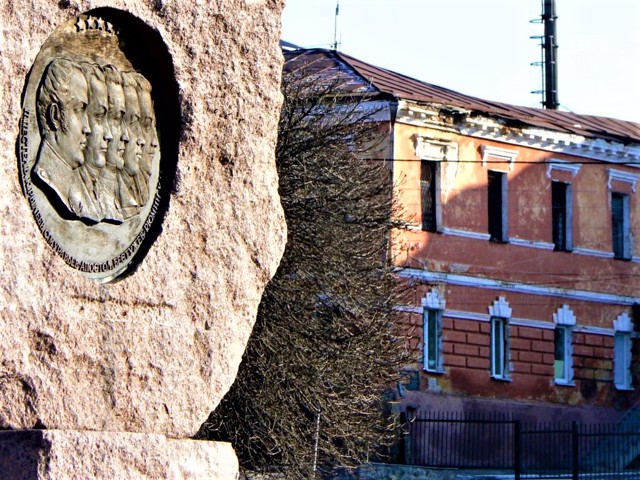
Chernihiv Regiment Headquarters
Museum / gallery , Architecture
The oldest administrative building of Vasylkiv is the County Present Place, built at the beginning of the 19th century. The headquarters of the Chernihiv regiment, which on January 10, 1826, joined the Decembrist uprising against the Russian autocracy and for the abolition of serfdom, was located here.
The uprising of the Chernihiv regiment, organized by the Southern Society of Decembrists, was led by lieutenant colonel Serhii Muravyov-Apostol and battalion commander Mykhailo Bestuzhev-Ryumin. The uprising was crushed within a week, and the organizers were later convicted and executed. A monument to the Decembrists was erected on the square opposite the building.
The building of the headquarters of the Chernihiv regiment is two-story, brick, plastered. The facade is typical of Russian classicism. The building was rebuilt several times. It housed the places of attendance, then the district police headquarters.
The local history department of the "Decembrists in Vasylkiv region" museum, which covered the activities of the Vasylkiv administration of the Southern Society (now under renovation), still worked in the two rooms. In particular, the cell in which Serhii Muravyov-Apostol and Mykhailo Bestuzhev-Ryumin were kept after the arrest was preserved.

Taras Shevchenko Monument
Monument
A monument to the poet Taras Shevchenko in Vasylkiv was erected in 1993 on one of the city's central squares.
The monument is distinguished by its "humanity" - the Ukrainian genius is depicted not as a stern old man with a judgmental look, as usual, but as a young and inspired poet who sat down to rest with a book in his hands.
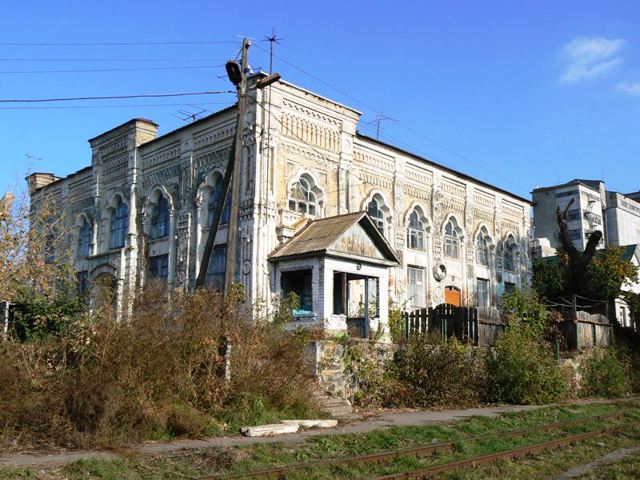
Baker Synagogue (Vasylkiv-2 railway station)
Architecture
The Baker Synagogue in Vasylkiv was built at the beginning of the 20th century on the site of a wooden Jewish prayer house.
The two-story brick building of the synagogue has characteristic features of a Jewish religious building, richly decorated using elements of medieval architecture.
In 1927, the "Baker" synagogue was closed, the building was handed over to the South-Western Railway and rebuilt under the "Vasylkiv-2" railway station.
Currently, the building is in communal ownership, until recently several families lived in it.
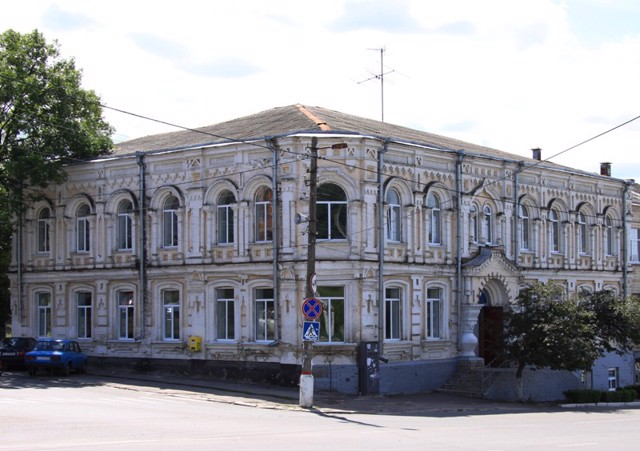
New Synagogue
Architecture
The ancient building in the Art Nouveau style at the corner of Soborna and Pokrovska in the center of Vasylkov was built at the end of the 19th century.
In various sources, it is called a new synagogue or a Jewish school. In old photos above the building you can see two domes with attics, which are now missing.
Since 1944, a high school has been located here - now Vasylkiv Lyceum No. 2.
Vasylkiv on photo and video
Reviews Vasylkiv
Geographical information about Vasylkiv
| {{itemKey}} | {{itemValue}} |
|---|---|
| Region |
Kyiv |
